Brain plasticity is a term that sounds odd to the average person, for whom the word “plastic” brings up images of tupperware and Saran Wrap. Among neuroscientists, though, brain plasticity refers to the brain’s ability to change—for better or worse—throughout life. It’s an incredibly important and personal process: by defining our brain development, it shapes each of our distinct personalities.
Brain plasticity is a concept that is at once very simple and extraordinarily complex. That the brain is not static; that it responds to circumstances, to new learning, is fairly easy to grasp. How and why it does so is quite a bit more complicated, and one that scientists are digging into.
Physical change
Brain plasticity is a physical process. Gray matter can actually shrink or thicken, neural connections can be forged and refined or (conversely) weakened and severed. Changes in the physical brain manifest as changes in our abilities. For example, each time we learn a new dance step, it reflects a change in our physical brains: new “wires” (neural pathways) that give instructions to our bodies on how to perform the step. Each time we forget someone’s name, it also reflects brain change— “wires” that once connected to the memory have been degraded, or even severed. As these examples show, changes in the brain can result in improved skills (a new dance step) or a weakening of skills (a forgotten name).
Growth and decline
Often, people think of childhood and young adulthood as a time of brain growth—the young person constantly learns new things, embarks on new adventures, shows an inquisitive and explorative spirit. Conversely, older adulthood is often seen as a time of brain decline, with people becoming more forgetful, less inclined to seek new experiences, more “set in their ways.”
But what recent research has shown is that under the right circumstances the older brain can grow, too. Although certain brain machinery tends to decline with age, there are steps people can take to tap into plasticity and reinvigorate that machinery. We just have to “exercise” the brain in the right way. Similarly, people suffering from a variety of cognitive conditions—from schizophrenia to “chemobrain”—may be able to retrain their brains to healthier function. The key—and the challenge—lies in identifying what brain mechanisms to target, and how to exercise them effectively.
The Senses, Memory and Cognition
One of the more important findings of recent research is how closely connected our senses (hearing, vision, and so on) are to our memory and cognition. Because of their interdependence, a weakness in one is often related to—or even the cause of—a weakness in the other. For example, we all know that Alzheimer’s patients slowly lose their memories. One way this manifests is that they eat less food. Why? As it turns out, visual deficits are also a part of Alzheimer’s. People eat less because they can’t see the food as well. (For more on this, see the article on Alice Cronin-Golomb.) Another example is in normal age-related cognitive changes. As we grow older, we get more forgetful and distracted in large part because our brain does not process what we hear, see, and feel as well as it once did. The result is that we can’t store images of our experiences as clearly, and so have trouble using them and recalling them later.
As scientists gain more knowledge about the relationship between sensory perception, memory and cognition, they are learning to design brain exercises that strengthen brain function. For example, a team of scientists at Posit Science has developed a plasticity-based program that helps normally aging adults retain or regain mental sharpness. It is effective because it does not just exercise memory—which is as much an effect as a cause of age-related cognitive changes. Instead, the program addresses other root causes of these changes, including the brain’s increasing inability to quickly and accurately process what it hears and sees.
Non-invasive Treatment
One of the most attractive features of plasticity-based therapies is that they are drug free. They rely on retraining the brain through repetitious, challenging activity. Certainly there are conditions that require medications, and thank goodness science has made such incredible forward leaps in providing them. But in an era when people take more and more medications, with more and more side effects and interactions, it is exciting to think that the next great breakthrough in health might come from a less invasive source.
The Plasticity Revolution
The growing understanding of and interest in brain plasticity is driving a revolution in brain health and science. In addition to the work being done at Posit Science, scientists at institutions around the globe are beginning to look to plasticity-based therapies for treating a wide spectrum of other cognitive problems. Ultimately, brain-plasticity based programs might help schizophrenics improve their symptoms and live more normal lives. Musicians stricken with focal dystonia might learn to play again, without pain. People with mild cognitive impairment or early-stage Alzheimer’s might halt the progression of their disease. Cancer patients whose ability to function has been impeded by the lasting cognitive effects of chemotherapy treatment might find their old selves again. Stroke or traumatic brain injury victims may relearn skills they thought were lost forever. The list goes on.
Exercising the Brain in Daily Life
Scientifically designed plasticity-based programs target specific brain machinery to improve function. On your own, you are unlikely to find ways to exercise that machinery as efficiently as with a clinically proven program. But there are science-based guidelines for choosing daily activities that are likely to engage the brain for positive change.
